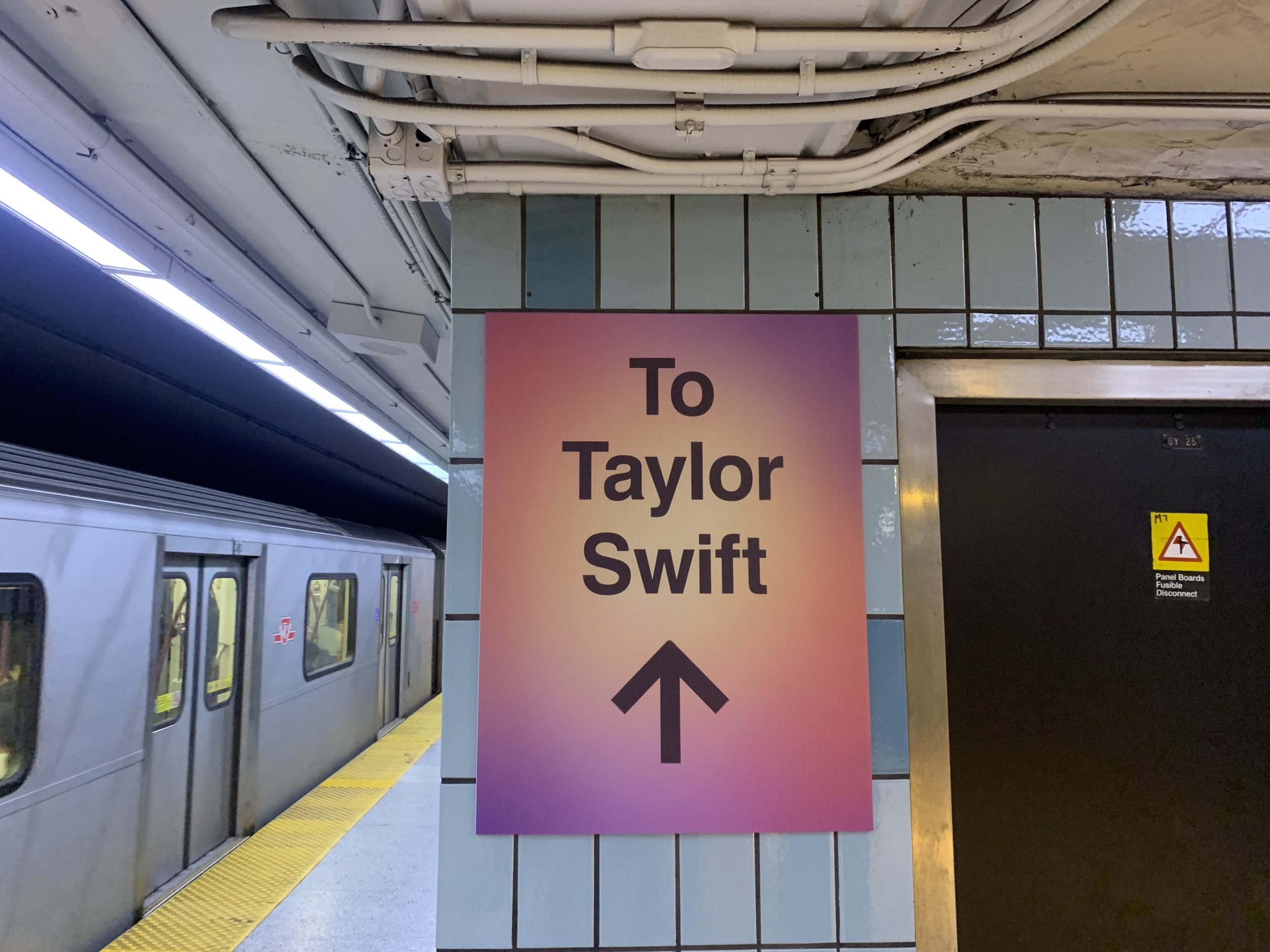With six planned shows spanning more than a week at the Rogers Centre, and Taylgate ‘24 at the Metro Toronto Convention Centre, the city estimates Toronto welcomed over 500,000 people for Taylor Swift’s monumental Eras Tour.
Each show was set to accommodate 60,000 attendees, making it harder to get around — or out of — the city. Fans without concert tickets also attended events at Scotiabank Arena, adding to the traffic and congestion in downtown areas.
The City of Toronto, Toronto Transit Commission (TTC) and Metrolinx prepared for an influx of Swifties, making scheduling adjustments and increasing security to ensure a “swift” and “safe” travelling experience for attendees.
With 22 new signs renaming part of Queen Street West and John Street “Taylor Swift Way” for November, here are some of the other changes Swift brought to the city’s transit.
TTC Services
TTC Chair Jamaal Myers says special events like these “are not just a great ridership boost for the TTC, but also create excitement across our entire city as we come together to celebrate and connect.”
TTC Media explained that they “spent months coordinating with partners from the City of Toronto, emergency service providersm and other transit agencies” to organize transportation.
Based on prior Toronto events and the strategies of other cities where the Eras Tour was held, the TTC increased staff and security from November 14–16 and 21–23 with no planned subway closures.
Dozens of additional TTC staff were stationed along routes around the Rogers Centre and Union Station, including supervisors, Special Constables and other first responders. Staff were also placed street-level to provide directions, monitor the crowds, and answer transit inquiries.
The Toronto subway service also stepped it up with additional service in priority areas to deal with the post-show crowd. On show days, trains on Line 1 ran about every three minutes and Line 2 trains every four minutes from 5 to 8 p.m. and 11 p.m. to 1:30 a.m.
GO Transit
Metrolinx also implemented special event service on concert days on the Lakeshore West and East GO Train lines, along with late-night trips on the Milton Line. The Kitchener, Barrie and Stouffville lines adjusted trips and certain GO Bus routes to assist with the additional traffic.
Cars, Taxis & Rideshares
The city designated drop-off and pickup locations for those getting picked up or opting to take a taxi or rideshare. Zones were established at:
● Front Street West between Bathurst Street and Spadina Avenue, eastbound and westbound curb lanes.
● Bay Street between Richmond Street and Wellington Street, southbound curb lane.
● York Street between Wellington Street and Adelaide Street, northbound west curb lane.
● Queen’s Quay between Yonge Street and Cooper Street, eastbound curb lane.
● Lake Shore Boulevard, west of Rees Street, westbound curb lane.
Swift’s first night on November 14 was reportedly smooth for some, with an organized arrival despite the crowds.
For students attending the tour, service changes and congestion can make or break the long-awaited night.
Zakirah Allain, a first-year Master’s student, was determined to use the TTC despite potential congestion, and resolved to “plan [their] route further ahead.”
“I do feel like [the concerts] may add time to my route,” they said. “The TTC pretty regularly has closures, delays, reduced speed zones, and emergency incidents even when there isn’t a large event so I could imagine if there may be delays.”
In the aftermath of the Swift experience, Toronto transit returned to normal after the final show on November 23, leaving behind memories of an unforgettable event.


